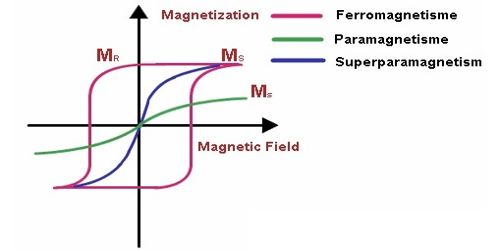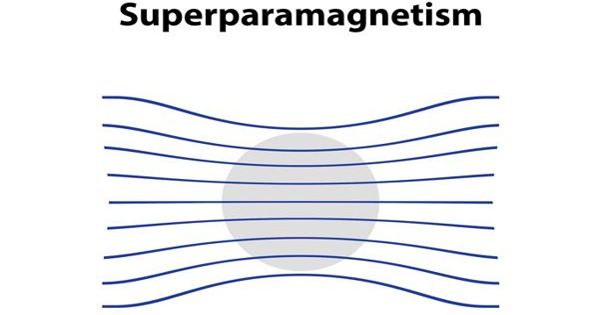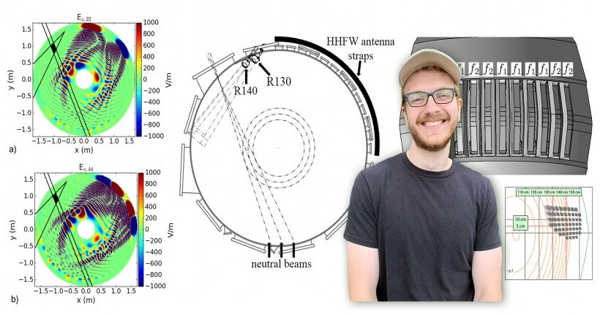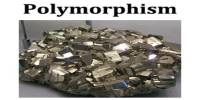Superparamagnetism is a property occurring principally in small, single-domain magnetic particles without magnetic memory. It is a form of magnetism that appears in small ferromagnetic or ferrimagnetic nanoparticles. It is more closely related to ferromagnetism than to paramagnetism. In sufficiently small nanoparticles, magnetization can randomly flip direction under the influence of temperature. Superparamagnetic nanoparticles are used as contrast agents in MRI, acting in the same way as protons normally would: aligning with an external magnetic field and emitting energy upon returning to a relaxed state.
Superparamagnetism is one of the useful size-dependent properties brought about with the introduction of nanomagnetic particles providing promising applications such as targeted drug delivery, magnetic resonance imaging, magnetic hyperthermia and thermoablation, bioseparation, and biosensing.
Superparamagnetism is a form of magnetism that appears in small ferromagnetic or ferrimagnetic nanoparticles. The typical time between two flips is called the Néel relaxation time. In the absence of an external magnetic field, when the time used to measure the magnetization of the nanoparticles is much longer than the Néel relaxation time, their magnetization appears to be an average zero; they are said to be in the superparamagnetic state. In sufficiently small nanoparticles, magnetization can randomly flip direction under the influence of temperature. The typical time between two flips is called the Neel relaxation time. In this state, an external magnetic field is able to magnetize the nanoparticles, similarly to a paramagnet. However, their magnetic susceptibility is much larger than that of paramagnets.

Superparamagnetic nanoparticles
Superparamagnetism occurs in nanoparticles that are single domain, i.e., composed of a single magnetic domain. This is possible when their diameter is below 3–50 nm, depending on the materials. For example, when a ferromagnetic, multidomain sample of Fe3O4 is reduced in size to less than about 40 nm, a single-domain magnetic particle eventually will be formed. When placed in an external magnetic field, this article develops a strong internal magnetization from the exchange coupling of electrons within the domain and thus becomes superparamagnetic.
Superparamagnetism occurs in ferromagnetic nanoparticles, wherein the absence of a magnetic field their total average magnetism in any direction (magnetization) appears to be zero. Superparamagnetism allows delivering the drug-loaded nanohybrid system to the tumor site under the influence of an external magnetic field, and after the external magnetic field is removed, the material loses its magnetization. It is different from this standard transition since it occurs below the Curie temperature of the material.
















